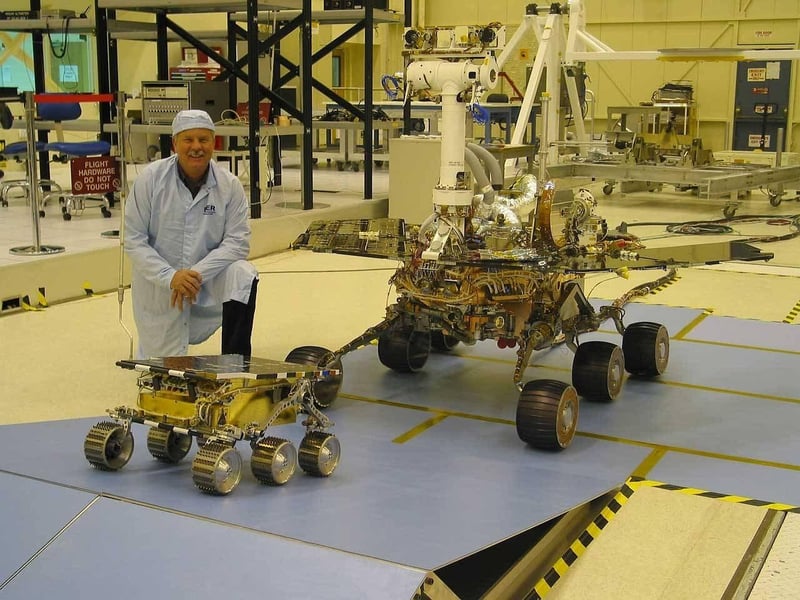Mars Rovers
The Intersection of Cutting-Edge Technology and Mars Rovers

Exploring the vast and mysterious landscape of Mars has long been a dream of scientists and space enthusiasts alike. Thanks to cutting-edge technology, this dream has become a reality through the use of Mars rovers - unmanned robotic vehicles that traverse the Martian surface, conducting experiments and sending valuable data back to Earth.
Evolution of Mars Rovers
Over the years, Mars rovers have evolved from simple machines to sophisticated robots equipped with advanced instruments and capabilities. The first successful Mars rover, Sojourner, landed on the Red Planet in 1997 and paved the way for future missions.
Key Technologies
Modern Mars rovers, such as Curiosity and Perseverance, are equipped with an array of cutting-edge technologies:
- Autonomous Navigation: Rovers can navigate the Martian terrain autonomously, avoiding obstacles and selecting their own paths.
- Sample Analysis: Instruments onboard can analyze soil and rock samples to determine composition and look for signs of past life.
- Communication Systems: Rovers have sophisticated communication systems to relay data back to Earth with minimal delay.
- Power Generation: Solar panels or nuclear batteries provide the necessary power for extended missions.
Future Prospects
As technology continues to advance, the future of Mars exploration looks promising. Plans for more sophisticated rovers, sample return missions, and even manned missions to Mars are on the horizon.
Stay tuned as scientists and engineers push the boundaries of innovation to unlock the secrets of our neighboring planet, Mars.
For more information on Mars rovers and space exploration, visit NASA's Mars Exploration Program.
